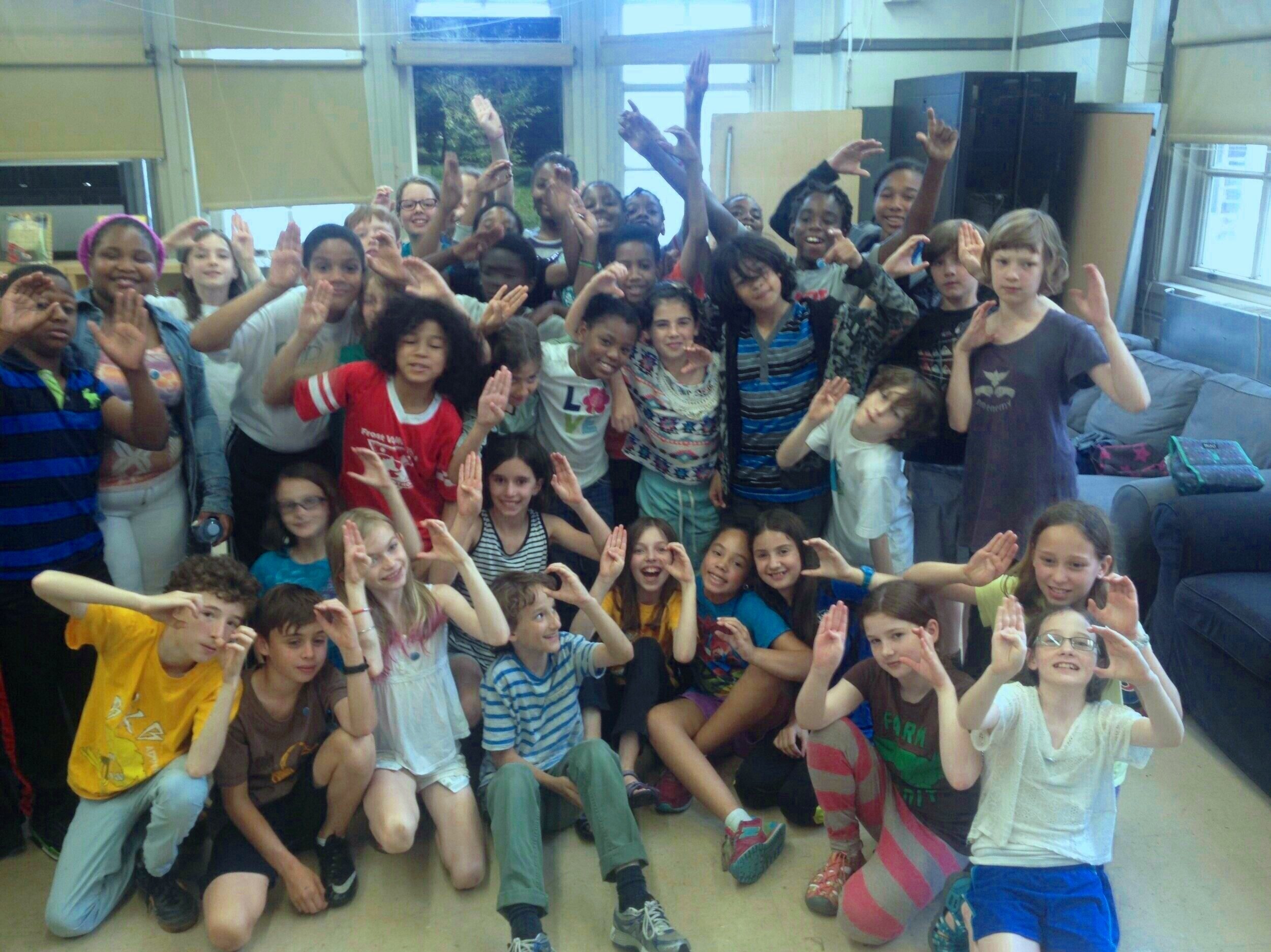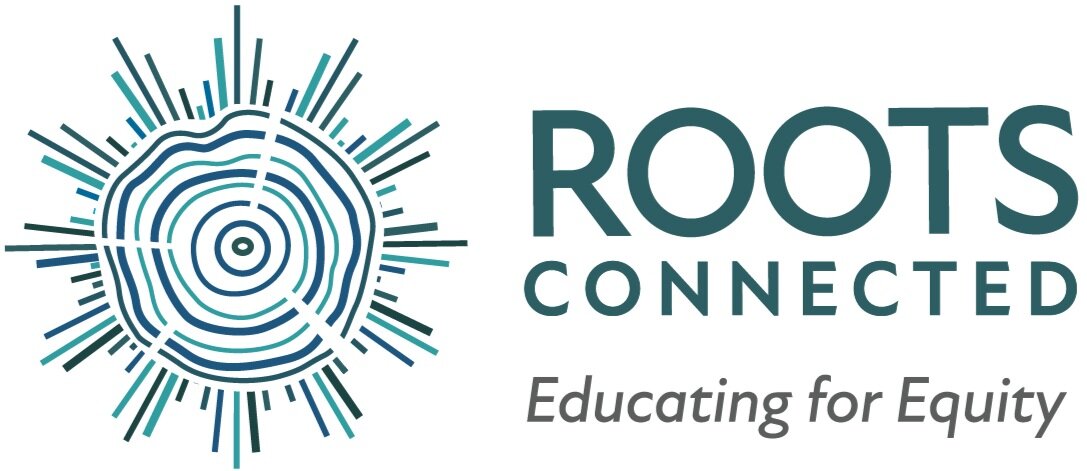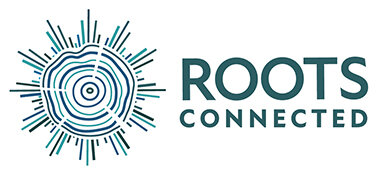
Teaching Students How to Think Instead of What to Think: An Anti-Bias Approach to Unlearning Stereotypes with the Power of Critical Literacy
The need to teach children how to think instead of what to think is timely and critical, and is itself an act of social justice. Approaching curriculum with an anti-bias lens is necessary, but where do you start? What does social justice look like for each student, and how do we deepen our students' understanding of social justice and their agency? Can we do all this within our current curriculum?

The Power of Universal Design for Learning: Achieving Equity in the Classroom
Universal Design for Learning is a tool for creating more access and equity in the classroom space. Roots ConnectED believes UDL is an essential component of the Anti-Bias Framework and critical to engaging students to think about representation, critical literacy and social action in the curriculum. To best understand UDL, one must see it in practice and consider the planning and implementation of this approach in curriculum and classroom design.

Raising Change Makers: Teaching Social Action
One of the most powerful things we can do for our students is create space for them to process what has happened, and what is happening, in our country. The history of our country is one of horrific terror, trauma, and pain. We have a responsibility to help students feel, imagine, and take action in a way that allows them to learn from humanity's history of resistance, resilience, and hope as a way to create paths of action for the future.
Engaging Families in Schools: Innovative Approaches to Community Building
One of the most important stakeholders in a school community are the families. In this workshop, we'll share an innovative approach to family programming, one that pushes us to think beyond the "multicultural potluck" and towards authentic relationship building and a further sense of belonging with families in our school community. We will discuss the key elements needed for successful community programming and elements of careful program planning, in order to reach the full diversity of families within the school community.
The Myth of the Average Learner: Mindset Around Learner Variability
We have witnessed far too many classrooms where students are taught to an imaginary "average" and considerations are made to differentiate for anyone who may not fit that "middle.” One of the most critical ways for us to achieve equity in our classrooms is by recognizing the variability of learners that make up our communities. To do this, we must develop a mindset that has no room for the myth of the average learner. This does not happen in practice alone, it must start with mindset.

Speaking Up in the Moment: Role Playing Against Microaggression
In these moments when we are being asked to isolate from one another, the opportunities to connect as members of school and classroom communities becomes even more imperative. In addition to connecting with our students on academics and sharing information, now, more than ever, we can make this shared experience be one that allows our students to see the humanity in one another. In this session we will talk about how, unlike an "ice breaker", community builders allow for a deeper sense of connection and make space for people to be more open and vulnerable, if they so wish. We will also talk about the importance of setting group norms prior to and creating space afterwards for a debrief during each activity. Participants will leave having had a deeper understanding of community building activities with students, and a chance to think about the application for their own virtual (and non-virtual) classrooms.

Centering Hope and Social Action: Encouraging Our Students to Work Towards Change
The history of our Country is one of horrific terror, trauma, and pain. However, it is also one of resistance, resilience, and hope. For years, people throughout history and in current times have worked together to dismantle institutionalized and interpersonal racism. One of the most powerful things we can do is create space for our children to process what is happening in the world and to feel, imagine, and take action in a way that allows them to learn from the resistance as a way to create paths of action for the future. In this workshop, educators will walk away with a framework for thinking about social action with their students and concrete ways in which to support their children to know that their voices and actions matter in creating change.

Artivism: Using Art to Inspire Movements for Change with Students
How can art be used as a form of activism? How do we support our students to use their voices, through art, to make change? Specifically for educators teaching grades 4-12, participants will gain an understanding of the specific strategies to prepare for doing this work responsibly with students. Through inspiring curricular examples, participants will be able to identify clear ways in which they can incorporate artivism into their classroom communities. The workshop will also support how to identify an authentic audience for students to share their artwork to make it most meaningful. This workshop is not exclusively for art teachers, but for any educator who wishes to use art as a medium for creating change. It will not require teachers to plan new units or entirely new curricular content but rather to see this as an opportunity to rethink how to access and experience existing curricular content in a new way or to explore interdisciplinary connections.

Talking about White Privilege in Your Classroom
An important conversation that must start at a very young age, is one around privilege and power. Systems are set up to inherently give more power to one group of folks over the other. So how do we talk about this with our students in a way that they can understand? How do we do this in a way that separates humans from systems while not negating the responsibility of the humans in that system? In this workshop, our presenters will be facilitating space on how to use the lens of critical literacy and read alouds to talk honestly and openly about white privilege in our classrooms. Facilitators will share the adult re-framing required and give specific examples across grade levels that support developmental readiness of students for conversations. Participants will leave with a deepened understanding of white privilege and strategies and approaches to use in conversations with children.

Stretching the Lines of Inclusion: Best Practices in UDL Virtual Instruction (2 Part Series)
Session 1:
As we enter the Fall we are uniquely aware of the challenges remote learning presents for all of our students and also the lessons learned. Universal Design for Learning is an important approach to centering equity in any remote or hybrid model. Focusing on our hopes for children in the 2020-2021 school year helps us to reimagine what is familiar and find more innovative ways to ensure all students have access to meaningful and rigorous curriculum. This session does a deep dive into the principles of UDL as well as best practices in remote learning therefore requiring participants to have a foundational knowledge in the UDL framework.
Session 2 :
Assessment and meaningful connections with students is critical in the remote setting. We need data to inform our instructional decisions and that is ever more critical when we are not in the same physical space together. Educators will follow up on the impact of centering the UDL principles in their planning with how to effectively implement and use assessment data given remotely to ensure students have access to the curriculum and are making academic progress.

Shifting Away From Ice Breakers: Returning to Classrooms Prioritizing Community Building, Joy, and Vulnerability
In these moments when we are being asked to isolate from one another, the opportunities to connect as members of school and classroom communities becomes even more imperative. In addition to connecting with our students on academics and sharing information, now, more than ever, we can make this shared experience be one that allows our students to see the humanity in one another. In this session we will talk about how, unlike an "ice breaker", community builders allow for a deeper sense of connection and make space for people to be more open and vulnerable, if they so wish. We will also talk about the importance of setting group norms prior to and creating space afterwards for a debrief during each activity. Participants will leave having had a deeper understanding of community building activities with students, and a chance to think about the application for their own virtual (and non-virtual) classrooms.

Building Your Co-taught Classroom (Levels I and II)
In these workshops we take a deeper look at the three high impact models, parallel teaching, station teaching and alternative teaching and discuss how they can be used effectively to create an increasingly inclusive classroom where students are engaged and the learning is rigorous.
Level I Includes:
Overview of the 6 models of co-teaching, including how to address common barriers; an in depth look at co-teaching relationship including strategies for building and maintaining a collaborative relationship; and classroom visits to observe the models and variations of these learning structures in practice.
Level II Includes:
An in depth look at how variations of the co-teaching models and student choice can increase engagement and understanding; time to look at the planning process including how to combine assessment data and your understanding of your students to guide planning and instruction; and classroom visits to observe the models and variations of these learning structures in practice and debrief with our classroom teachers.

Self-Regulation and Sensory Support for the Inclusive Classroom
Inclusion is “not a place” and students are better able to get what they need in meaningful ways in the inclusive classroom, including highly effective and specialized supports for self-regulation. Participants will learn how their mindset can affect their interactions with students as well as learn about helpful tools, programs and systems to support student need. Establishing an inclusive foundation in your classroom will impact the way students care for each other and engage in rigorous and meaningful learning and work with each other.

Communication, Classroom Design, and Routines for a Strong Inclusive Classroom
Join us to talk about how classroom design, teacher communication, systems and routines can impact equity and create a space where students feel a sense of belonging and are encouraged to work hard. Teachers will explore common classroom routines and structures to evaluate the messages they send about students’ ability to access the same rigorous curriculum as their grade level peers. Participants will see curricular examples and have time to apply to their own practice, also develop effective practices around planning and communicating openly with related service providers, co-teachers and other professionals.

Planning to Address Learner Variability in the Classroom: Workshop a lesson or unit to increase rigor, student interest (and teacher interest)
In this session we will be taking a look at how to increase the opportunity for learning in our lessons based on what you know about your students, the curriculum and the relationship between the two. We will talk about how our understanding of learner variability can impact the amount of choice and independence incorporated into a single lesson or unit. Student engagement increases dramatically when given choice about how they will learn and what they will learn, combined with clear goals and expectations and meaningful and challenging content.
It's Never Too Soon: Talking about Race, Power, and Identity in K-2 Classrooms
So often we are asked, aren’t they too young to talk about their identities, particularly race, power, and gender in early elementary school? What we have found is that K-2nd grade students are not only open to these conversations, but that, when addressed at a young age, they are able to continue these conversations as they get older and have a deeper understanding of how their identities impact their experiences. In this workshop we will look at how an anti-bias lens allows for these conversations to be embedded into every day lessons and conversations. Participants will learn from sample lessons that address these issues and have an opportunity to think about the implication in their own lessons, units, and/or read alouds.

Representation in our Classrooms: Creating Opportunities for Students to See Themselves and Others in Curriculum
How can we create authentic moments, experiences, and lessons where students can see themselves in the curriculum and in classroom conversations? Through the framework of "mirrors" and "windows" participants will take a closer look at how curriculum and classroom conversations should be "fully inclusive of historically marginalized and minoritized perspectives," how authentic relationships are cultivated, and where teachers recognize their children are "a group of students from whom they can learn." Diving deep into three proven strategies, participants will have a chance to think about how to increase representation in their own classrooms and create spaces where all students are seen and feel that they belong.

Anti-Bias Education: Using Critical Literacy As a Lens for Teaching Students How to Think Instead of What to Think
If you want to approach curriculum with an anti-bias lens, where is a good place to start? How do we deepen our students' thinking around social justice without throwing out the curriculum and starting anew? Most of the time, we can utilize our curriculum as long as we are asking the right questions. In this workshop, we will explore the components of critical literacy as a framework for developing our students' critical thinking skills. Through exploring examples in elementary school classrooms, participants will be able to link theory to practice in real and tangible ways and will leave having had the opportunity to think about how their learning has implications on their own practice as educators and school leaders.

The Power of Universal Design for Learning: Achieving Equity in the Classroom
One of the most critical ways for us to achieve equity in our classrooms is by recognizing the variability of learners that make up our communities. To do this, we must develop a mindset that has no room for the myth of the average learner. In this session, we will look at the mindset shifts required to recognizing learning needs as an issue of equity and justice in our classrooms. Using the framework of Universal Design for Learning, participants will consider that as an approach and understand what it means in the context of planning and curriculum. Participants will see examples of what UDL based instruction looks like in classrooms and explore concrete practices that support it. Folks will leave having a deeper understanding of UDL and having had thought about the implications of this work for their own classrooms.

